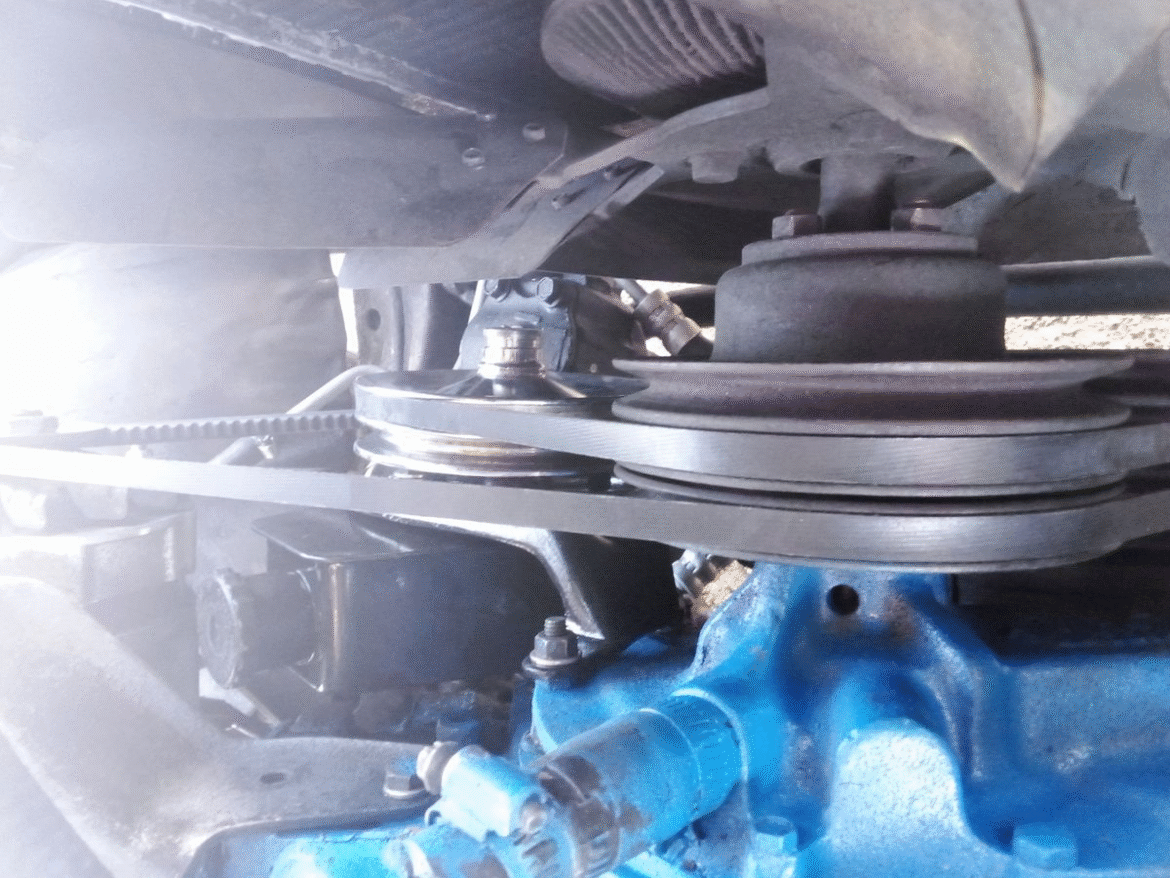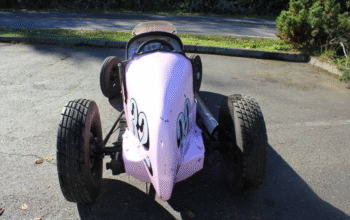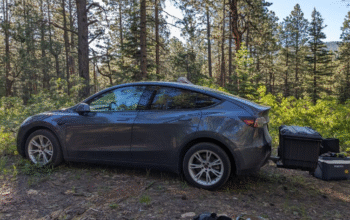That annoying high-pitched sqeal when you start your car or when you’re accelerating is frustrating! It’s usually a squeaky serpentine or drive belt when you hear this noise. Most vehicle owners simply come to the conclusion that they’ll have to replace the belt. You will be happy to know that you can usually eliminate the noise with several methods without replacing it.
This article will provide you with straightforward, inexpensive mthods on how to stop that sound with things that you have around your home. This article is aimed at people of all levels of ability, whether you’re a novice or if you’re just trying to avoid spending any more money than you need to on a licensed mechanic.
Understanding the Source of the Squeak
A drive belt or serpentine belt in your automobile drives components such as your alternator, power steering pump, water pump, and air conditioning compressor. When the belt is slipping or failing to grip, it causes that irritating squeal.
Here are the most common reasons your car belt may squeak:
- Improper belt tension (too loose)
- Contamination from oil, coolant, or water
- A glazed or hardened belt surface
- Pulley misalignment or wear
- Cold starts or moisture on the belt surface
If your belt looks mostly intact — not cracked, torn, or frayed — you can often silence the squeak without replacing it.
Safety First Before You Start
Ensure that the engine is off and had the opportunity to cool prior to working on your car. Keep the car on a flat surface and place the vehicle in park. Engage your parking brake and pop the hood. The last thing you want to do is wrk around moving parts with the engine on while that should be the most basic thing to overlook. Just be sure to turn off the engine for any inspections, or manual movements to be made.
1. Use Belt Dressing Spray

Belt dressing is designed to condition rubber belts, improve grip, and reduce slppage. This is one of the easiest and fastest solutions.
Steps:
- Purchase a belt dressing spray from any auto parts store.
- Start the car and let the engine idle.
- Lightly spray the dressing onto the inner side of the belt (the ribbed side) while the engine is running.
- Let the engine run for a few minutes so the product spreads evenly.
Don’t oversaturate. Too much can attract dust and dirt, which may create more problems over time.
2. Adjust the Belt Tension
Loose belts are one of the main reasons for squeaking. Some vehicles use an automatic belt tensioner, while others allow for manual adjustment.
If your vehicle uses a manual tensioner:
- Locate the tensioner pulley.
- Use a wrench or ratchet to slightly tighten the belt.
- Press down on the belt midway between pulleys; it should have about half an inch of movement.
- Avoid over-tightening the belt, as it can cause premature wear on bearings and other components.
If your car has an automatic tensioner and the belt still seems loose, the tensioner itself may be faulty. In that case, it might need to be replaced.
3. Clean the Belt and Pulleys
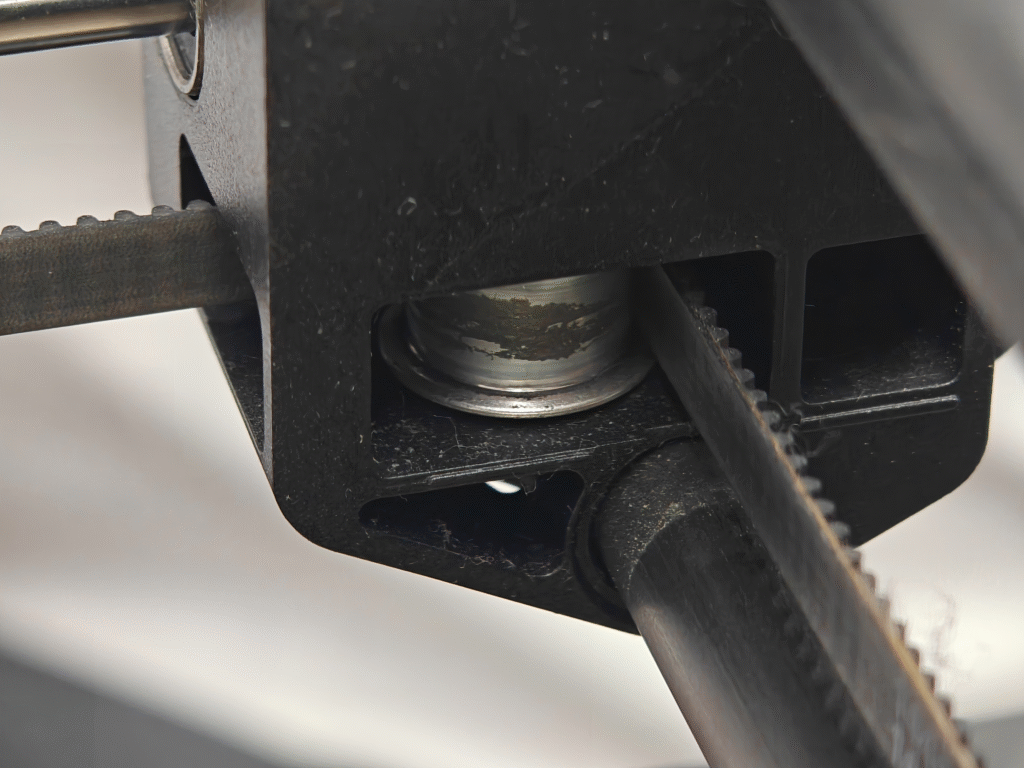
Contamination is another frequent cause of belt squealing. Oil, coolant, or dirt can reduce the belt’s grip and cause it to slip.
Here’s how to clean the area:
- Wipe down the belt using a clean, dry cloth.
- If there’s visible oil or residue, use brake cleaner or a mild soap solution to clean the belt.
- Make sure to dry it thoroughly afterward.
- Wipe the pulleys too, especially if they appear greasy or wet.
Avoid using household degreasers or strong solvents that could damage the rubber.
4. Try the Bar Soap Trick
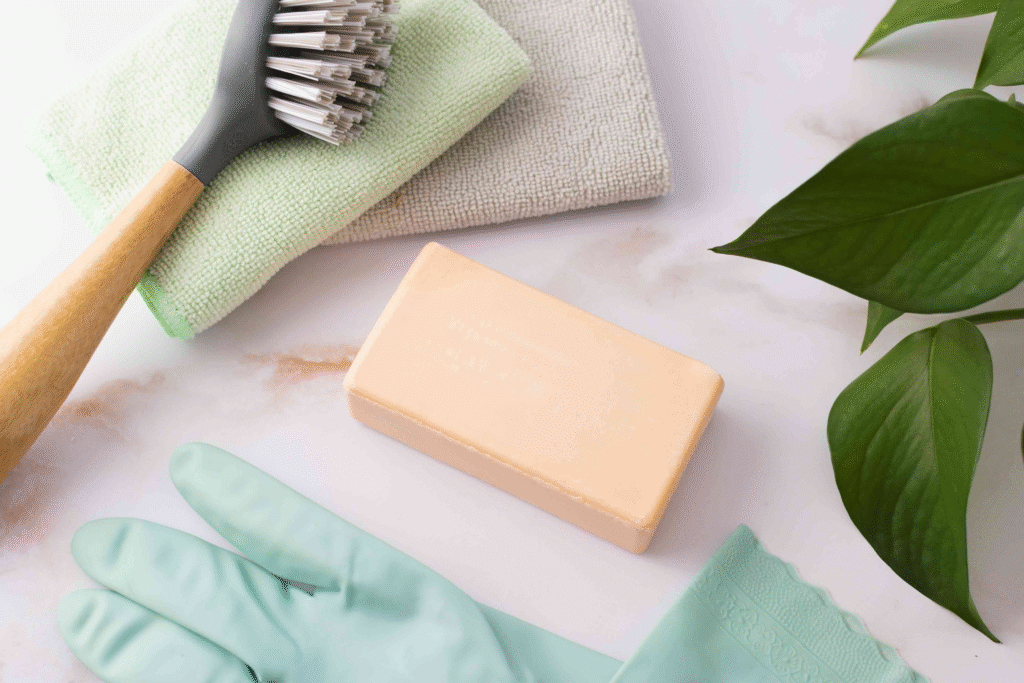
Believe it or not, a plain bar of soap can be a temporary fix. It helps lubricate the belt slightly and reduces friction, eliminating the squeal for a short period.
Instructions:
- With the engine off and cool, rub a dry bar of soap along the ribbed side of the belt.
- Try to apply soap to as much of the belt as you can reach.
- Start the engine and let it run. The squeak should disappear or lessen almost immediately.
This method is a short-term solution, but it can be handy in emergencies or when you’re waiting for a more permanent fix.
5. Inspect for Pulley Misalignment

Sometimes the problem isn’t the belt, but the pulleys it runs on. A misaligned pulley can cause the belt to run improperly, creating that squeal.
To check alignment:
- Visually inspect all the pulleys in the belt system.
- Use a straightedge or ruler to compare alignment between pulleys.
- If one pulley is angled or out of line, it may need tightening or professional adjustment.
Misalignment is less common but often overlooked. It’s more likely in older vehicles or if components were recently serviced.
How to Tell If the Belt Actually Needs Replacing
Sometimes no amount of cleaning or adjusting will fix the squeak. If your belt shows the following signs, replacement might be your best bet:
- Cracks along the ribbed side
- Missing chunks or sections of ribs
- Fraying edges
- A shiny, glazed appearance
If your belt has any of these signs, it’s worn out and may fail soon. A new belt is relatively inexpensive (usually under $60), and replacing it is often quicker than chasing endless squeaks.
Preventing Future Squeaks
Once you’ve silenced the squeaky belt, here are a few maintenance tips to keep it quiet:
- Inspect your belt every few months for signs of wear.
- Avoid letting fluids like oil or coolant leak into the engine bay.
- Keep pulleys clean and dry.
- In cold weather, allow your car to warm up for a minute before driving.
- Replace the belt every 50,000 to 100,000 miles, or as recommended in your owner’s manual.
Final Thoughts
A squeaky belt doesn’t always translate to a trip to the mechanic or an immediate replacement. Many times it is simply a matter of cleaning, adjusting, or putting a conditioner on the belt to restore grip. If you take a little time to diagnose and treat the issue, you can save money and help your car run properly and quietly.
So now that you know what to do next time your vehicle starts chirping underneath the hood, you won’t have to buy a new belt unless you really have to.

